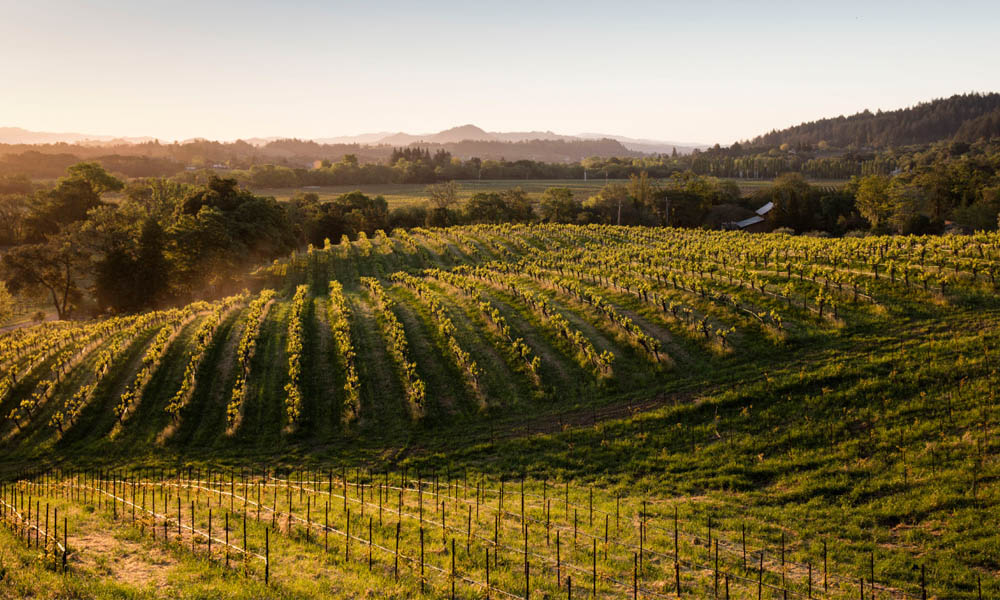
Big Lake, located in the fast-developing Mat-Su Basin, is a large well populated and heavily recreated lake in the growing community of Big Lake just west of the City of Wasilla. The lake itself, with 26 miles of shoreline, and two streams in its basin, are used by spawning sockeye and coho salmon each year, and host resident populations of Dolly Varden, Rainbow Trout, and other fish.
Big Lake, located in the fast-developing Mat-Su Basin, is a large well populated and heavily recreated lake in the growing community of Big Lake just west of the City of Wasilla. The lake itself, with 26 miles of shoreline, and two streams in its basin, are used by spawning sockeye and coho salmon each year, and host resident populations of Dolly Varden, Rainbow Trout, and other fish.
Both Fish Creek, which drains directly into the Pacific at the Knik Arm of Cook Inlet, and Meadow Creek, a spring-fed system which empties into Big Lake, are important salmon waters with several active partner studies, angling recreation, water monitoring, and youth & community volunteers participating in hands-on restoration projects.
This waterbody has been the centerpiece of the Big Lake Community’s discussions in plans to expand, possibly incorporating as City, and in the oncoming construction of a rail spur connecting Port Mackenzie in the south to Alaska’s Interior and the rest of 26,000 square miles Mat-Su Borough and industrial opportunities along the railway. The area is changing rapidly, and it is hoped that designation as a Water to Water 2013 will serve to celebrate and highlight many partners’ efforts and projects towards a healthy development model embracing preservation of clean water and the integrity of fish habitat. Big Lake Community is working on a Community Impact Assessment Project with the Mat-Su Borough to address responsible growth, including habitat concerns.
Big Lake is listed as an Impaired Waterbody by DEC for hydrocarbon-water quality exceedances, and ongoing testing and outreach programs are addressing point and non-point source pollution vectors.





